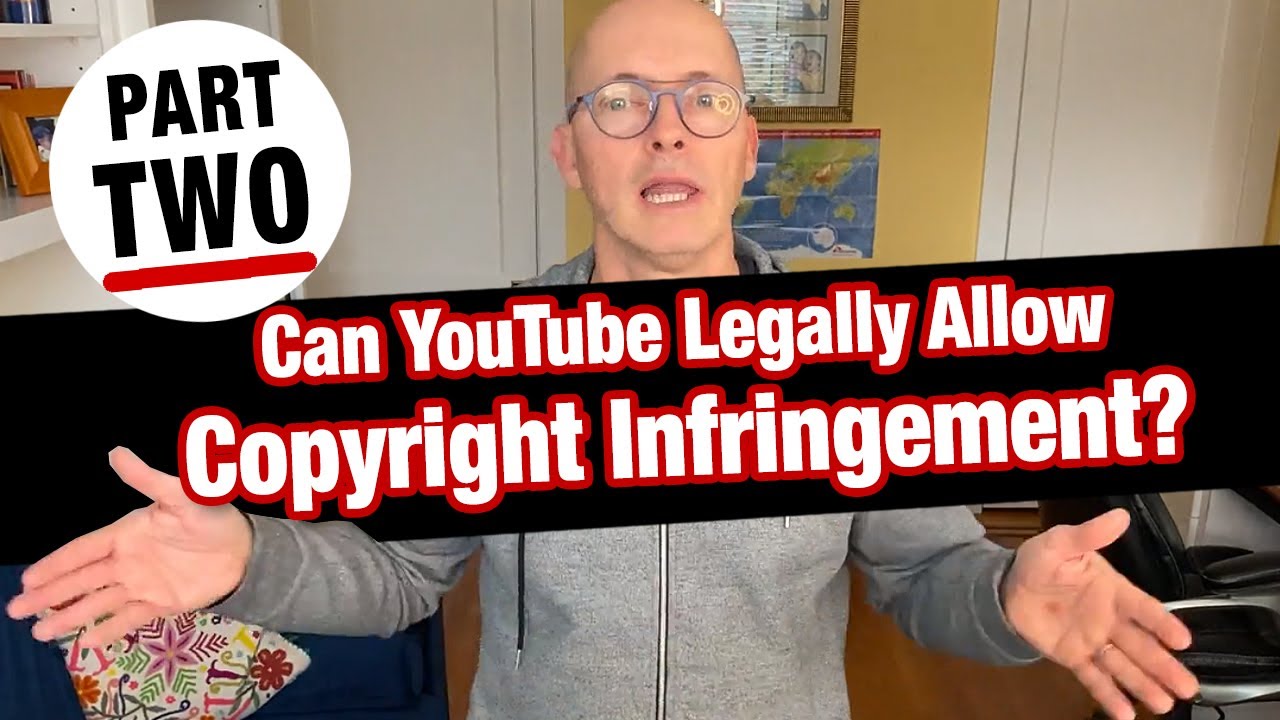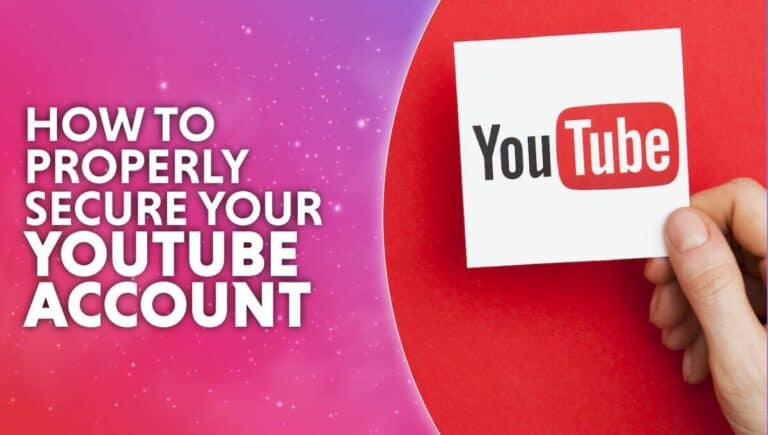In today's digital age, convenience often trumps security when it comes to online platforms. YouTube, being one of the most popular video-sharing platforms globally, offers various ways to sign in, including third-party logins. While this can simplify the user experience, it raises some questions about safety and privacy. Should you allow third-party sign-ins on your YouTube account? Let’s dig deeper into what third-party sign-ins really are and weigh the pros and cons so you can make an informed decision.
Understanding Third-Party Sign-In

Third-party sign-in is a method that enables users to access an application or service using credentials from another platform. Instead of creating a new username and password specifically for YouTube, users can sign in using existing accounts from services like Google, Facebook, or Twitter. This process often involves using OAuth, a protocol that allows users to grant limited access to their information without sharing passwords.
Here’s how it typically works:
- The user selects the third-party sign-in option on YouTube.
- They are redirected to the selected platform (like Google).
- The user enters their login credentials.
- If successful, the user is redirected back to YouTube, logged in with their chosen identity.
*Benefits of Third-Party Sign-Ins:
- Convenience: No need to remember multiple passwords; just a single login tends to simplify the process.
- Faster Registration: Instant access by using pre-existing credentials can enhance user experience.
- Increased Security*: Relying on platforms that employ strong security measures can protect your data more effectively.
However, it’s crucial to be aware of potential risks, such as vulnerabilities in third-party platforms, and the extent of data sharing that these services may allow. Overall, understanding third-party sign-in helps users weigh their options carefully before deciding whether to use this feature for their YouTube experience.
3. Benefits of Allowing Third-Party Sign-In

Allowing third-party sign-in on YouTube can be quite advantageous for both users and content creators. Let's explore some of the key benefits:
- Convenience: Users can easily log into their YouTube accounts using credentials from another platform, such as Google, Facebook, or Twitter. This saves time and effort because they don’t have to remember another set of usernames and passwords.
- Enhanced User Experience: With seamless access, viewers can enjoy a more fluid and personalized experience. For instance, third-party sign-ins often allow for quicker access to recommendations and subscriptions by integrating preferences across multiple platforms.
- Increased Engagement: Allowing users to sign in through their preferred social media accounts can make them feel more connected. This connection may lead to increased engagement, such as likes, shares, and comments on videos.
- Access to More Features: Third-party sign-ins often come with additional features, like sharing content directly to other platforms or accessing exclusive content tailored to users’ interests.
- Improved Analytics: For content creators, integrating third-party sign-ins allows for better analytics on viewer behavior and preferences. This data can help in creating targeted content that resonates with the audience.
In essence, enabling third-party sign-in can enrich user interaction with YouTube while streamlining the login process.
4. Potential Risks and Security Concerns

As beneficial as third-party sign-ins can be, they are not without their risks. Here are some potential security concerns you should consider:
- Data Privacy: By allowing third-party services to access your YouTube account, you may inadvertently share personal information. It’s essential to read through privacy policies and understand what data is being shared.
- Unauthorized Access: If a third-party service gets compromised, your YouTube account could be at risk as well. Hackers might exploit these connections to access your personal data and content.
- Account Linking Issues: Sometimes, users may accidentally link the wrong accounts, leading to confusion or inadvertent sharing of their activity across platforms.
- Service Malfunction: Relying on third-party platforms means you’re also subject to their uptime and functionality. Anything from server outages to API changes can disrupt access to your YouTube account.
- Phishing Scams: Malicious actors may exploit third-party authentication methods, creating fake login pages to steal credentials if users aren’t cautionary.
Considering these risks is crucial before deciding to enable third-party sign-ins on your YouTube account. Being informed helps you weigh the pros and cons effectively.
5. How to Manage Third-Party Access on YouTube
Managing third-party access on YouTube is an essential step to ensure your account stays secure while enjoying the conveniences these integrations provide. Here’s how you can check and manage third-party access effectively:
- Visit Your Google Account Settings: Since YouTube is part of your Google account, start by navigating to your Google Account Security page. This is where you can see all the platforms that have access to your data.
- Review Third-Party Apps: Scroll down to the “Third-party apps with account access” section. Here’s where you can see all the apps and services that have permission to use your YouTube account. Look for anything that seems unfamiliar or suspicious.
- Manage Permissions: If you find an application you don’t recognize or no longer use, you can easily revoke its access. Just click on the app, and select "Remove Access." This immediately blocks the app from using your account.
- Enable Two-Factor Authentication: For added security, consider enabling two-factor authentication (2FA) on your Google account. This adds an extra layer of protection, making it harder for unauthorized parties to access your account.
- Regularly Check Access: Make it a habit to periodically review third-party access. This way, you can preemptively catch any apps lingering that you no longer trust or need.
By following these steps, you'll not only safeguard your YouTube experience but also enhance your overall online security. Remember, being proactive is always better than being reactive!
6. Conclusion: Making an Informed Decision
Deciding whether to allow third-party sign-ins on YouTube isn’t just a choice; it’s also a balancing act between convenience and security. While these sign-ins can simplify your access to various tools and features, they can also introduce vulnerabilities if not managed properly.
Here are some key points to keep in mind when making your decision:
| Pros | Cons |
|---|---|
| Convenience: Simplifies login processes across multiple platforms. | Security Risks: Extra access points can lead to unauthorized use. |
| Integration: Allows for enhanced functionalities with third-party apps. | Control Loss: Less control over your data if apps have ongoing access. |
| Time-Saving: Quickly connect to social media or analytics platforms. | Privacy Concerns: Potentially exposes your data to companies you don’t trust. |
Ultimately, the decision comes down to your personal preferences and how comfortable you feel with the potential risks. It's always wise to do your research, read reviews on third-party applications, and implement strong security measures to protect your information. Whichever path you choose, being informed will lead to a much more enjoyable and secure YouTube experience.










